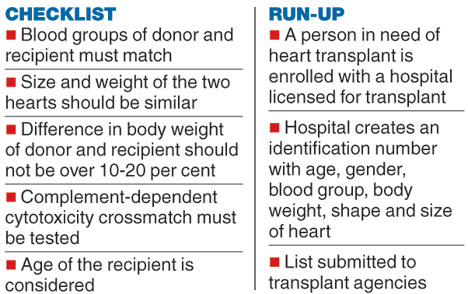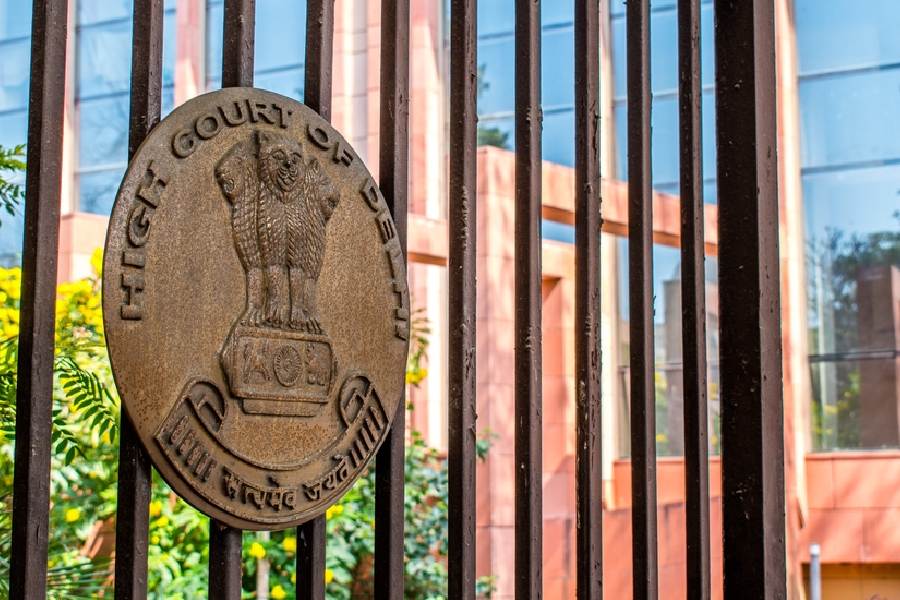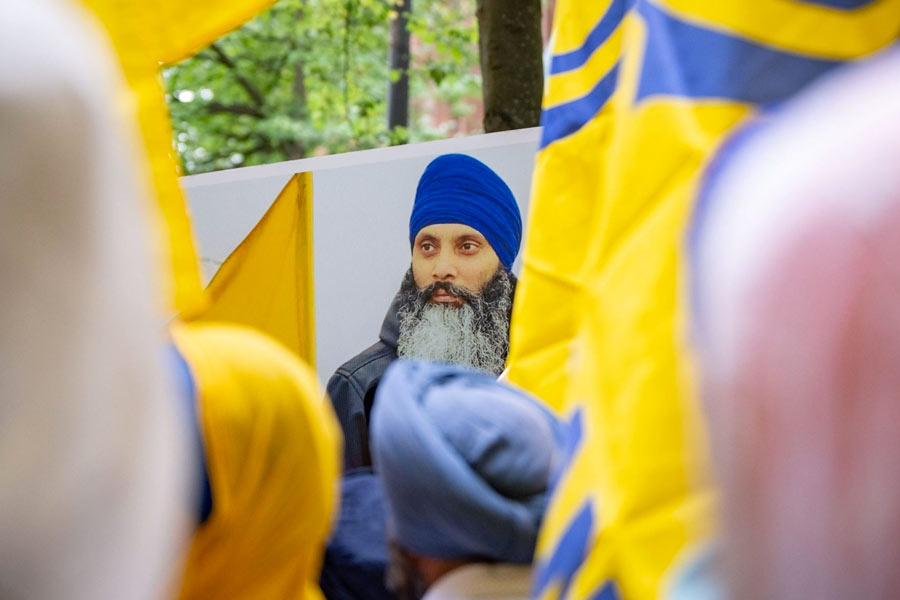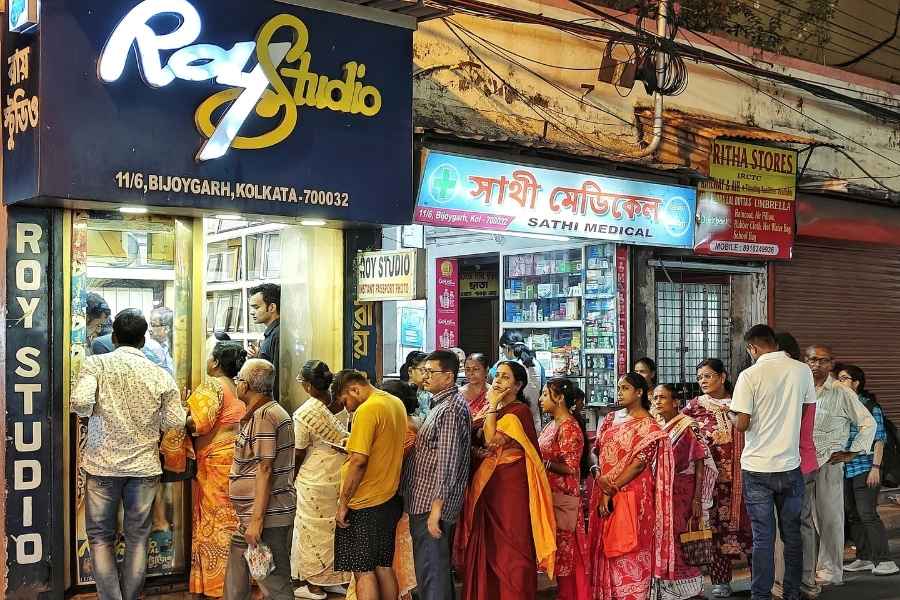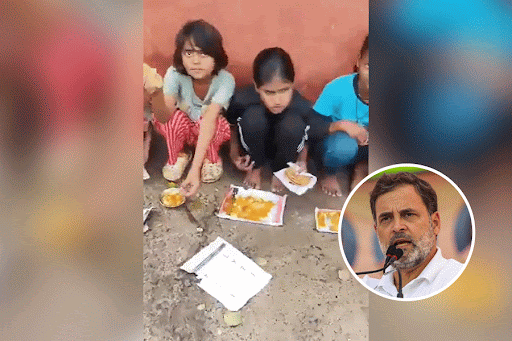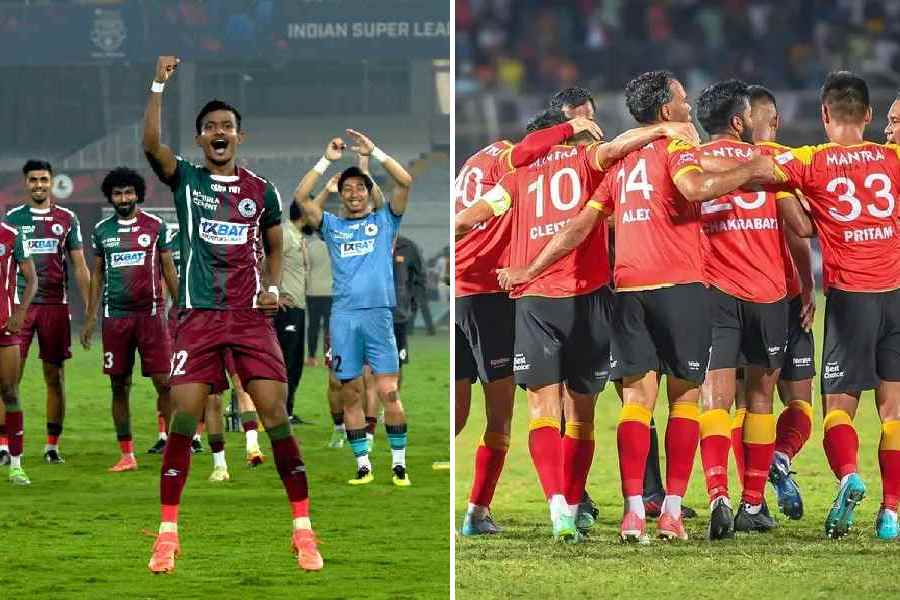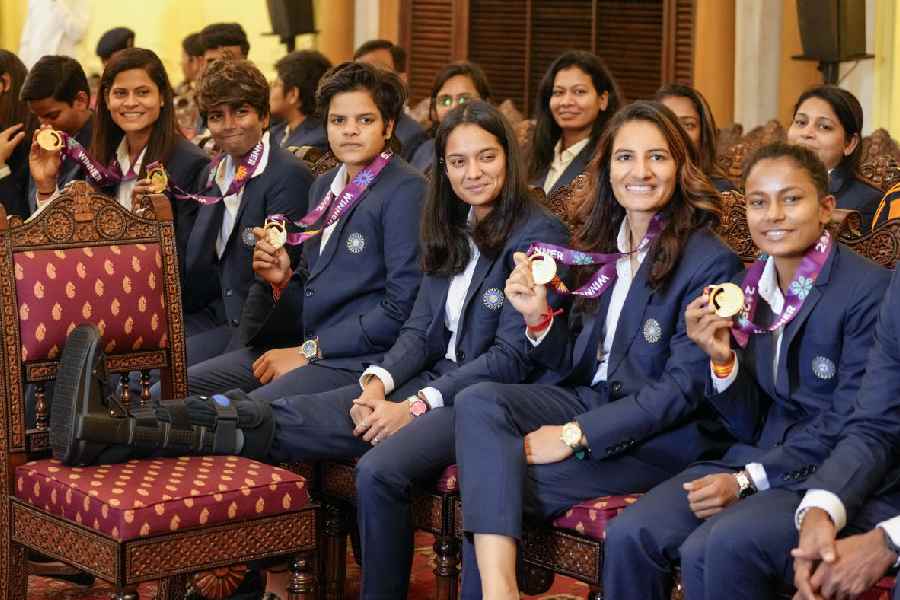
Calcutta: Three city-based private hospitals with licence to conduct heart transplant have a long list of patients waiting for their turn.
RN Tagore International Institute of Cardiac Sciences was issued a licence for heart transplant in August 2017. Fortis and BM Birla Heart Research Centre have since been issued the licence.
"We have about 30 enlisted patients in Bengal waiting for heart transplant," said Aditi Kishore Sarkar, the additional director of health services in the health department and nodal officer for organ transplant in eastern India.
Metro spoke to cardiac surgeons and officials involved in organ transplant to find out the criteria for a heart transplant and how a recipient is chosen.
Clinical criteria
The hearts of the donor and the recipient are considered to have matched only when they satisfy three criteria, according to cardiac surgeon K.R. Balakrishnan of Fortis Malar Hospital, who led the team that tranplanted a heart in 38-year-old Dilchand Singh at Fortis Calcutta on Monday.
The blood group of the donor and the recipient must match. The size and weight of the hearts and the body weight of both donor and recipient are also taken into consideration.
"If the two hearts vary in size, transplant is ruled out," said doctors.
"It is preferable that the difference in body weight of the two persons is not more than 10 to 20 per cent," Balakrishnan said.
Another blood parameter, complement-dependent cytotoxicity crossmatch, also needs to be tested. This tells doctors of the types of antibodies present in the blood of the donor and the recipient.
"Chances of the recipient's body rejecting a donor's heart are higher if the types of antibodies don't match," cardiac surgeon Kunal Sarkar said.
The age of the recipient is also an important criterion. A child recipient, for example, can't receive the heart of an adult.
A series of tests are conducted before doctors decide that a patient needs a heart transplant.
Administrative needs
Once a patient is considered fit for heart transplant, the person is enrolled with a hospital licensed to conduct a transplant.
The hospital creates an identification number of the patient with age, gender, blood group, body weight, shape and size of heart and other details. The list is submitted to the state organ and tissue transplant organisation, the nodal agency for transplant in a state.
The state organisation, in turn, sends the enrolment details to the regional organisation, which again sends it to the national body, NOTTO (National Organ and Tissue Transplant Organisation).
"A patient has three identification numbers - with the state, regional and national-level organisations," said an official involved in organ transplant.
When there is a brain-dead patient at a hospital with licence to conduct organ transplant, the hospital searches its list for a suitable recipient.
If the criteria do not match, the search is widened to the state, then to the region and finally across the country, as in the case of Singh.

